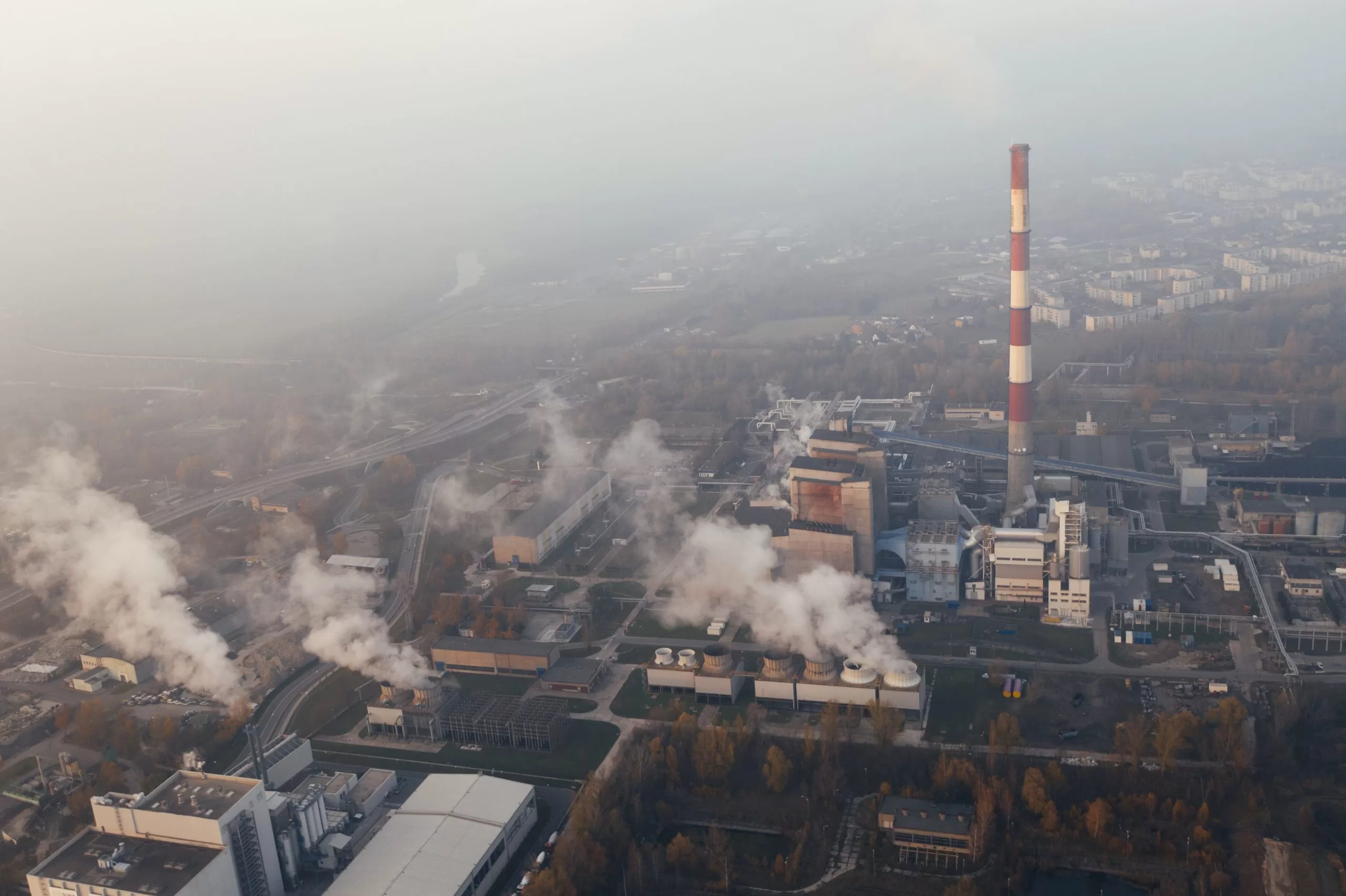When a star expands at the end of its lifetime, planets orbiting in tight orbits can fall into it and burn up.
A research team from the USA has now observed such an event directly for the first time: 12,000 light-years from Earth, a large gas planet crashed into its star and triggered a massive burst of radiation: for ten days the star shone a hundred times brighter than normal, reports report the scientists in the journal “Nature”.
“Stars expand as they evolve – and we expect them to swallow nearby planets as they do so,” explain Kishalay De of the Massachusetts Institute of Technology in Cambridge and his colleagues. “This should cause a brightly glowing ejection of matter, but such an event has never been observed.”
Until May 25, 2020: On that day, the Zwicky Transient Facility, a special telescope at Mount Palomar Observatory, registered a noticeable change in brightness at a sun-like star 12,000 light-years away.
Over the course of ten days, the star shone a hundred times brighter than normal, then its radiation faded back to normal levels. “The eruption was unlike anything I’d seen before,” De recalls.
Stars expand as they evolve – and we expect them to engulf nearby planets in the process.
Kishalay De from the Massachusetts Institute of Technology in Cambridge
With the help of further observations in the infrared range, he and his colleagues tried to track down the cause of the mysterious radiation burst. Observations with an infrared camera also showed a radiation burst – which lasted for as long as a hundred days.
For the researchers, this was an indication that the star had ejected a large amount of gas and dust, and that this matter was now slowly cooling. But what caused the outbreak? The event resembled a “red nova”, the collision of two stars with a subsequent burst of radiation. However, the observed distribution of the radiant energy did not quite fit this explanation.
As the planet fell into the star, it unbalanced it
“Then one star would have had to be a thousand times less massive than the other,” says De. “Now, however, Jupiter has just about one-thousandth the mass of the sun – and that’s when we got the enlightenment: Here a planet had fallen into its star!” And so the observations finally made sense. As the planet – a Jupiter-like gas giant – fell into the star, it unbalanced it. There was a massive eruption. The researchers calculated that the star ejected around 33 times the mass of Earth’s hydrogen into space.
But a large amount of dust – about a third of Earth’s mass – was also included in the ejected matter, possibly remnants of the shattered planet’s rocky core. The gas and dust then cooled, emitting the observed thermal infrared radiation. At 30 kilometers per second, the speed of the ejected material was significantly lower than the escape velocity for the star. As a result, most of the matter should fall back to the star over the course of time.
This then leads to a kind of “pollution” of the star’s atmosphere with heavy elements. Astronomers have often observed such accumulations in stars and interpreted them as a result of the destruction of planets.
“But so far we have never caught a star directly in this process,” says De. “Now we’ve been able to observe the final fate of a planet practically in real time.” With the help of the data collected, the astronomers can refine their search for such events in the future. Scientists estimate that several such catastrophes should take place in our Milky Way every year.
Research into such events is also a glimpse into the future of our planet. Because the sun is also expanding in the course of its development and will eventually engulf Mercury and Venus – and possibly the earth as well. But this view doesn’t have to keep us from sleeping, because it will probably be another five billion years until then. (dpa)


